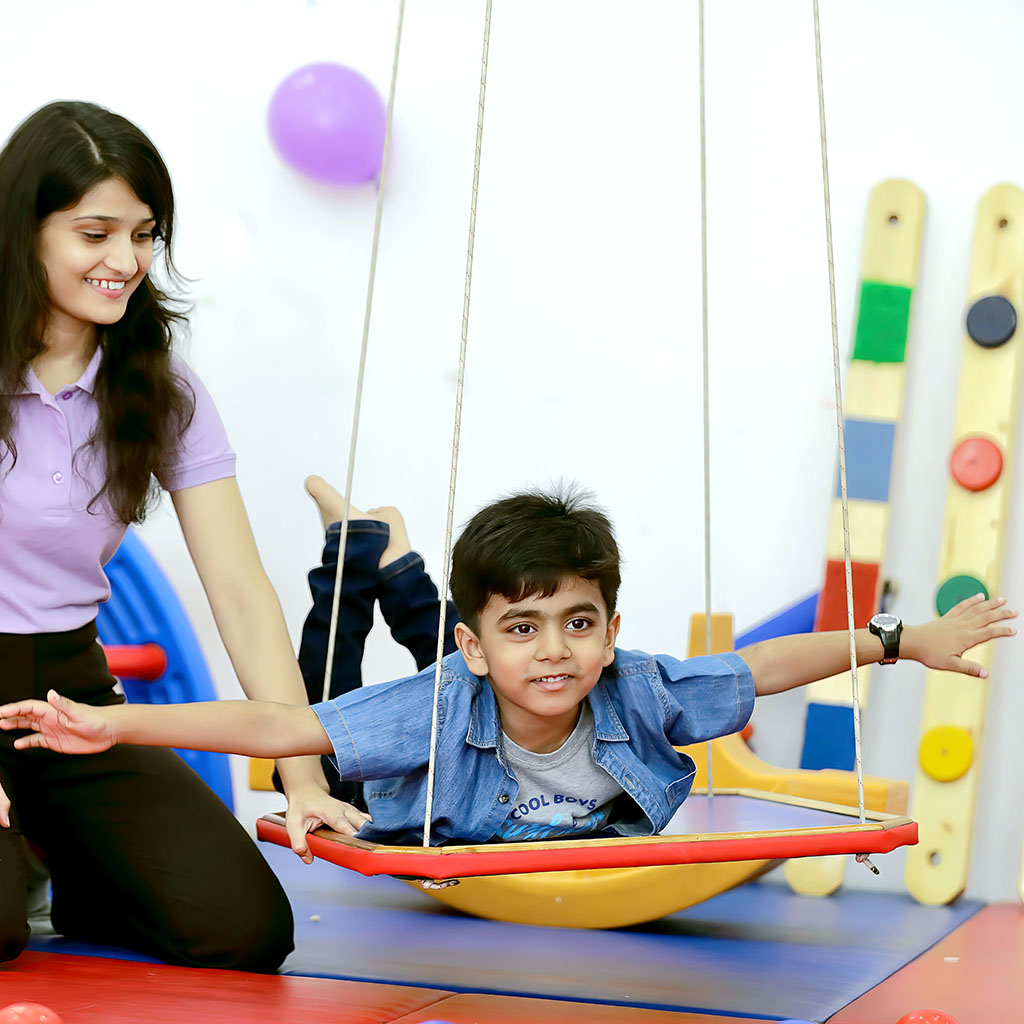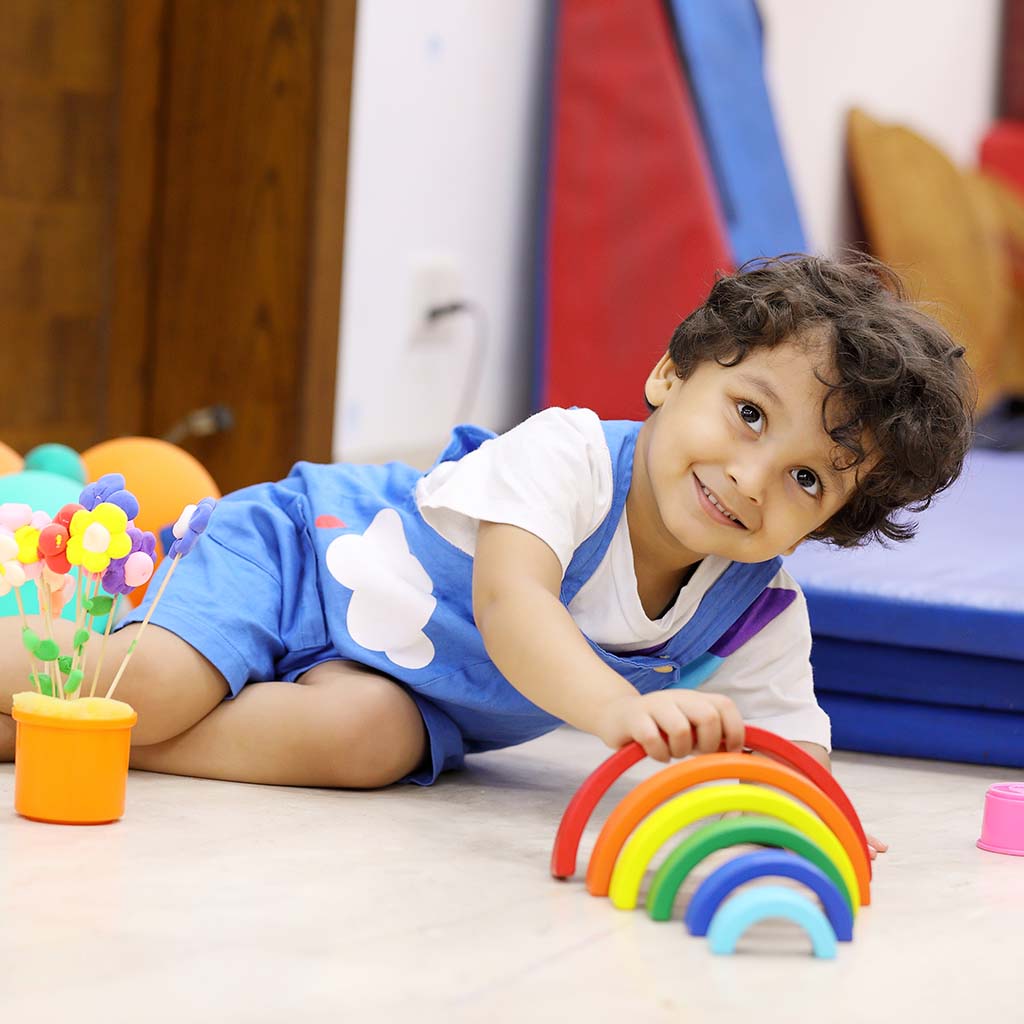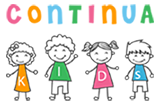Aba Therapy in Gurgaon
Applied Behavior Analysis or ABA Therapy applies scientific evidence-based practices to help autistic people learn new essential skills and improve behavior. Our ABA therapy in Gurgaon assists autistic children in acquiring lifelong skills such as communication, social interaction, and independence in different areas of life.
Continua Kids, an ABA Therapy center in Gurgaon, specializes in providing customized ABA therapy for your child. Our ABA therapists in Gurgaon focus on helping with meaningful growth, nurturing your child’s unique capabilities, and promoting self-confidence.
Google ratings
Book An Appointment
ABA Therapists for Autism in Gurgaon
Why ABA Therapists Work with Autistic Children
An ABA therapist works with autistic children to make critical life skills and develop effective behavior. ABA therapy in Gurgaon breaks down complex tasks into smaller tasks and rewards are used as positive reinforcements, making the autistic children comfortable and priorly adapted to different situations followed by learning skills that foster long-term growth with a higher chance of succeeding in school, home, and beyond.
The best ABA therapy centre in Gurgaon, Continua Kids focuses mainly on the improvement of communication, social interaction, and self-regulation skills that empower these children to be as independent as possible in the environments they encounter. ABA Therapy plans are individualized in such a way that every child gets himself that addresses his unique needs, enabling him or her to encounter challenges, capitalize on his or her strengths, and thrive in different environments.
Personalized ABA Therapy for Autism
ABA Therapy Approaches
ABA therapy in Gurgaon aims at the principles of the science of behavior and focuses on increasing positive behaviors. It has multiple interventions that develop the skills of autistic children and helps them manage behaviors.
Here are the primary ABA therapy approaches:
Discrete Trial Training (DTT):
This approach involves teaching autistic children each step through repetition and positive reinforcement to acquire new skills.
Natural Environment Teaching (NET):
Verbal Behavior Therapy (VBT):
Pivotal Response Treatment (PRT):
Task Analysis:

Why Choose Continua Kids for ABA Therapy in Gurgaon?

